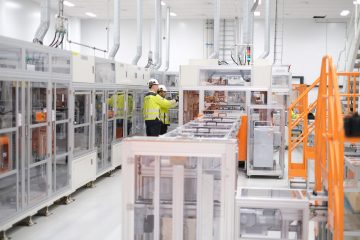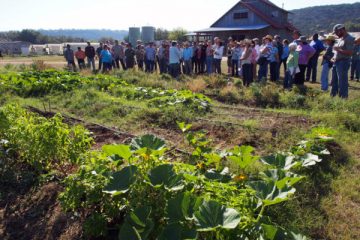- Author: William R Moomaw, Susan A Masino, Edward K. Faison
- Topic: Forests
- Category: #articles
- Source: https://www.frontiersin.org/
- Article Date: June 11, 2019
Climate change and loss of biodiversity are widely recognized as the foremost environmental challenges of our time. Forests annually sequester large quantities of atmospheric carbon dioxide (CO2), and store carbon above and below ground for long periods of time
Growing existing forests intact to their ecological potential—termed “proforestation”—is a more effective, immediate, and low-cost approach that could be mobilized across suitable forests of all types. Proforestation serves the greatest public good by maximizing co-benefits such as nature-based biological carbon sequestration and unparalleled ecosystem services such as biodiversity enhancement, water and air quality, flood and erosion control, public health benefits, low impact recreation, and scenic beauty.
Forests are essential for Carbon Dioxide Removal (CDR), and the CDR rate needs to increase rapidly to remain within the 1.5 or 2.0°C range (IPCC, 2018) specified by the Paris Climate Agreement (2015).
Alternative forest-based CDR methods include “afforestation” (planting new forests) and “reforestation” (replacing forests on deforested or recently harvested lands). Afforestation and reforestation can contribute to CDR, but newly planted forests require many decades to a century before they sequester carbon dioxide in substantial quantities. Globally, terrestrial ecosystems currently remove an amount of atmospheric carbon equal to one-third of what humans emit from burning fossil fuels
Existing proposals for “Natural Climate Solutions” do not consider explicitly the potential of proforestation. However, based on a growing body of scientific research, we conclude that protecting and stewarding intact diverse forests and practicing proforestation as a purposeful public policy on a large scale is a highly effective strategy for mitigating the dual crises in climate and biodiversity and ultimately serving the “greatest good” in the United States and the rest of the world.
Today, <20% of the world’s forests remain intact (i.e., largely free from logging and other forms of extraction and development). In the U.S.—a global pioneer in national parks and wildlife preserves—the percentage of intact forest in the contiguous 48 states is only an estimated 6–7% of total forest area
Identifying suitable forest as intact (for carbon sequestration, native biodiversity, ecosystem function, etc.) can spawn new jobs and industries in forest monitoring, tourism and recreation, as well as create more viable local economies based on wood reuse and recycling. Public lands with significant biodiversity and proforestation potential also provide wildlife corridors for climate migration and resilience for many species.
To meet any proposed climate goals of the Paris Climate Agreement (1.5, 2.0° C, targets for reduced emissions) it is essential to simultaneously “reduce greenhouse gas emissions from all sources” including fossil fuels, bioenergy, and land use change, and “increase CDR” by forests, wetlands and soils.
During the timeframe while seedlings planted for afforestation and reforestation are growing (yet will never achieve the carbon density of an intact forest), proforestation is a safe, highly effective, immediate natural solution that does not rely on uncertain discounted future benefits inherent in other options.
Proforestation provides the most effective solution to dual global crises—climate change and biodiversity loss. It is the only practical, rapid, economical, and effective means for atmospheric CDR among the multiple options that have been proposed because it removes more atmospheric carbon dioxide in the immediate future and continues to sequester it long-term. Proforestation will increase the diversity of many groups of organisms and provide numerous additional and important ecosystem services. While multiple strategies will be needed to address global environmental crises, proforestation is a very low-cost option for increasing carbon sequestration that does not require additional land beyond what is already forested and provides new forest related jobs and opportunities along with a wide array of quantifiable ecosystem services, including human health.



0 Comments